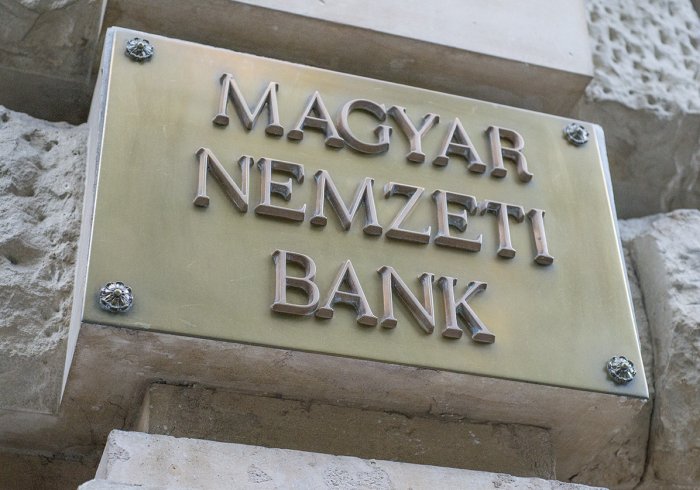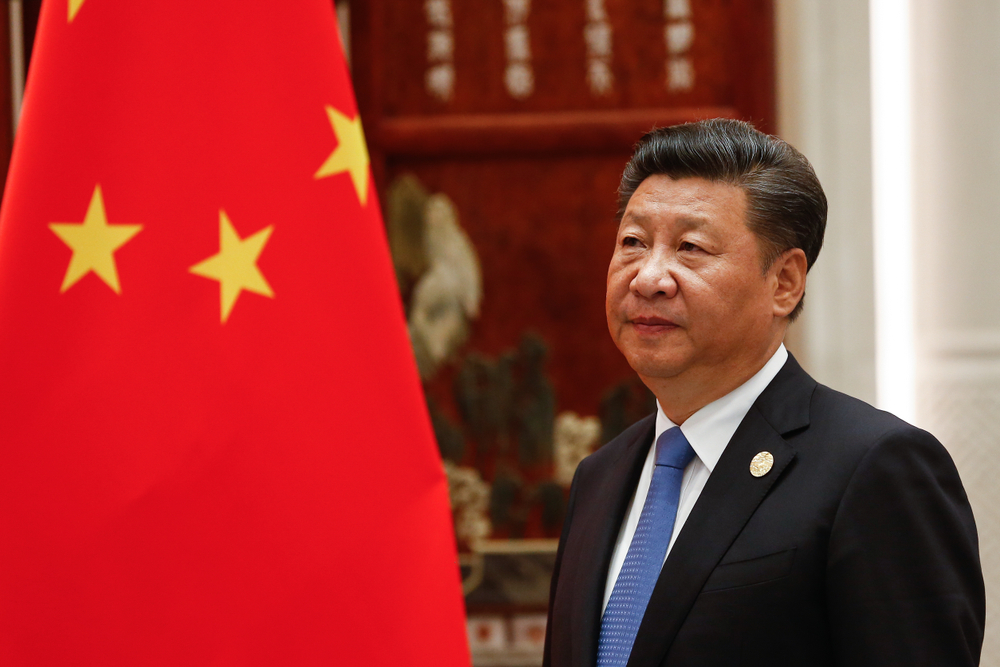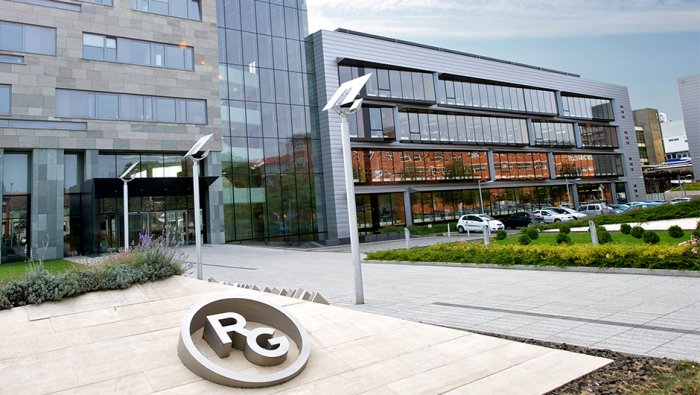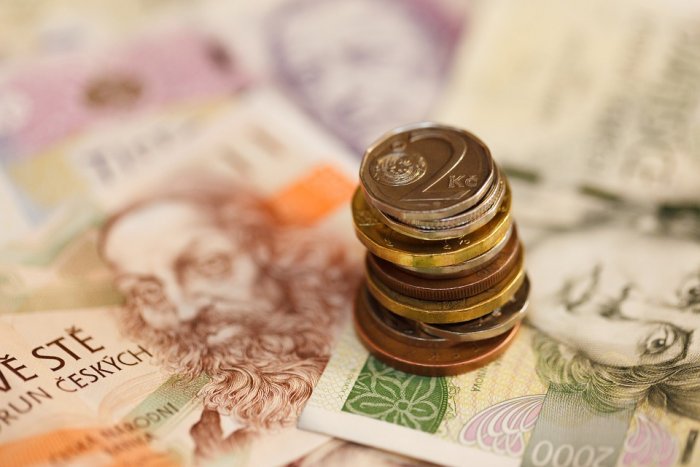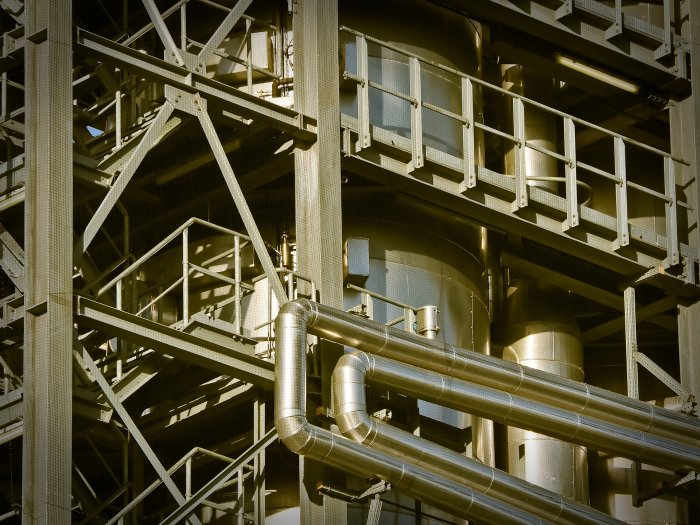Green Revolution Finally Showing its Face
Erika Papp
Erika Papp, managing partner at CMS Hungary and head of finance for CEE/CIS; Gábor Czike, real estate and construction partner; and Péter Simon, the energy, projects and construction partner, discuss the latest environmental, social and governance trends with the Budapest Business Journal.
After years of talking about the green revolution, there are finally concrete signs that lawmakers, industry and consumers are taking it seriously.
“From our point of view, we have talked about it so much, ESG and green projects. For 10 years, it has been on our agenda, and it never got any traction, basically, and finally, something is happening,” says Papp. “It is very exciting to see the new wave of projects in the pipeline.”
There are many reasons why that should be so today. The most obvious point is that time has passed; in the last decade, politicians, businessfolk, and citizens have realized that the way we live and work has to become more sustainable for our planet and our descendants.
Technology has improved, bringing costs down. National and international lawmakers are bringing in ever stricter regulations. Investors, developers, tenants and their staff are all looking for greener alternatives. And companies are becoming more focused on future-proofing themselves, trying to anticipate what lies ahead.
Part of this potpourri of contributing elements is an institution that does not always get recognition as a trend center: the Hungarian central bank.
“It is great to see the National Bank of Hungary so much in the forefront of everything modern,” Papp says. “Now we have specific teams in the national bank fully dedicated to the green idea. The MNB is one of the first among the EU central banks that started to push the whole green idea and issued all sorts of regulations, expectations and recommendations to the Hungarian financial sector. The MNB expects banks’ boards and internal organizations to be changing and more aligned with green expectations. Kudos to it.”
.JPEG)
Gábor Czike
Incentives and Motivations
The overall effect is that “incentives and motivations” and the requirements for ever more transparent reporting are accelerating the adoption of green financial products, Papp says. New EU legislation adds green reporting requirements to the Markets for Financial Instruments directive, for example.
“If you are an environmentally conscious investor, you can steer your investments so they will mainly be made in greener products,” she explains. Customers will also be able to choose where they bank based on environmental issues, now the MNB demands banks report annually on how green their operations are.
When you talk about green matters, the first thought is almost always connected to energy and renewables. In Hungary, that has in recent years almost exclusively meant solar. But it wasn’t always the case, as Simon recalls. In the early noughties, “everyone wanted to be in wind,” he says.
A 2009 tender that would have seen more licenses granted was revoked when the current government was first returned to power in 2010, and the rules for siting wind turbines were rewritten so no settlement could be nearer than 12 km. That effectively prohibited any new wind farms, a unique move within the EU, Simon says. Despite that, though, there are rumors that sooner or later, wind could return to the mix.
“Wind would be very useful today. It has different technical characteristics that could be used, to some extent, to balance the supply from solar. Like solar, it is not predictable, but the generating capacity for wind turbines is much bigger,” he notes.
Balancing weather-dependent renewables is one of the most significant challenges facing the energy sector. The sun doesn’t always shine, and the wind doesn’t always blow. To guarantee supply, power stations are needed that can be brought online quickly, which for now means natural gas is an essential backup in Hungary, Simon points out.
Another step forward would be so-called battery storage, where renewable energy could be stored once generated if not needed immediately. The technical solution for this exists, though there are no significant examples in Hungary today.
“We are talking to one client who has carried out a battery storage investment in Romania and is interested in bringing it to Hungary,” says Papp. “They reached out to Péter and me to see what the regulatory environment is, how something like this could be established here, but I also heard from Hungarian clients that investors are considering something like this.”
Indeed, national and EU discussions seem to point in this same direction, with future licenses likely to demand plants that have both generating and some storage capacity.
-SMALLER.jpg)
Péter Simon
Weather-dependent Renewables
“The simple permitting of weather-dependent renewables without secondary reserve capacity and/or considerable grid upgrading is not the future. They will need to install solar [or wind] and storage capacity and/or grid development together; that’s what we expect,” Simon says.
Real estate is right at the forefront of sustainability debates and is increasingly targeted by national and EU lawmakers.
“A regulation that new residential buildings should have close to zero energy consumption will come into force from the end of June this year,” he says. Elsewhere, the EU’s New Green Deal and taxonomy put an ever-greater emphasis on ESG reporting.
“The investors and buyers of these properties consider this [ESG] element of the project essential for the value creation,” Czike notes. Tenants, meanwhile, have their own interests at heart. Green certification should ensure energy costs are “kept to a minimum, and also they can also present in their ESG report that the building they occupy complies with green requirements.”
Czike has been in real estate for 20 years and talking about the “green revolution” for 10. “Until now, it was more like a marketing or PR issue, but it has turned serious,” he says. “I see the beginning of fundamental change. The most important reason for this is economic motivations, with green financing, and the commitment of many to only invest in ESG-compliant products to ensure sustainability in the long run; this makes less-green products more difficult to sell. Consequently, developers see it is less profitable to do something non-compliant with ESG,” he insists.
Next comes sustainability, especially growing energy prices. The third element, though it has less weight, is the general expectation of the employees.
“Those industrial projects that are just about to start now, for example, are really looking into the future and trying to comply with requirements they expect to be enacted. The expectation is regulations will become stricter with higher levels of ESG requirements. Especially with long-term projects, developers and investors are trying to figure out what the future will bring and prepare for it. We were asked to do a human rights due diligence as part of a real estate transaction. This is now considered a possible element of ESG reporting.”
This article was first published in the Budapest Business Journal print issue of June 3, 2022.
SUPPORT THE BUDAPEST BUSINESS JOURNAL
Producing journalism that is worthy of the name is a costly business. For 27 years, the publishers, editors and reporters of the Budapest Business Journal have striven to bring you business news that works, information that you can trust, that is factual, accurate and presented without fear or favor.
Newspaper organizations across the globe have struggled to find a business model that allows them to continue to excel, without compromising their ability to perform. Most recently, some have experimented with the idea of involving their most important stakeholders, their readers.
We would like to offer that same opportunity to our readers. We would like to invite you to help us deliver the quality business journalism you require. Hit our Support the BBJ button and you can choose the how much and how often you send us your contributions.

